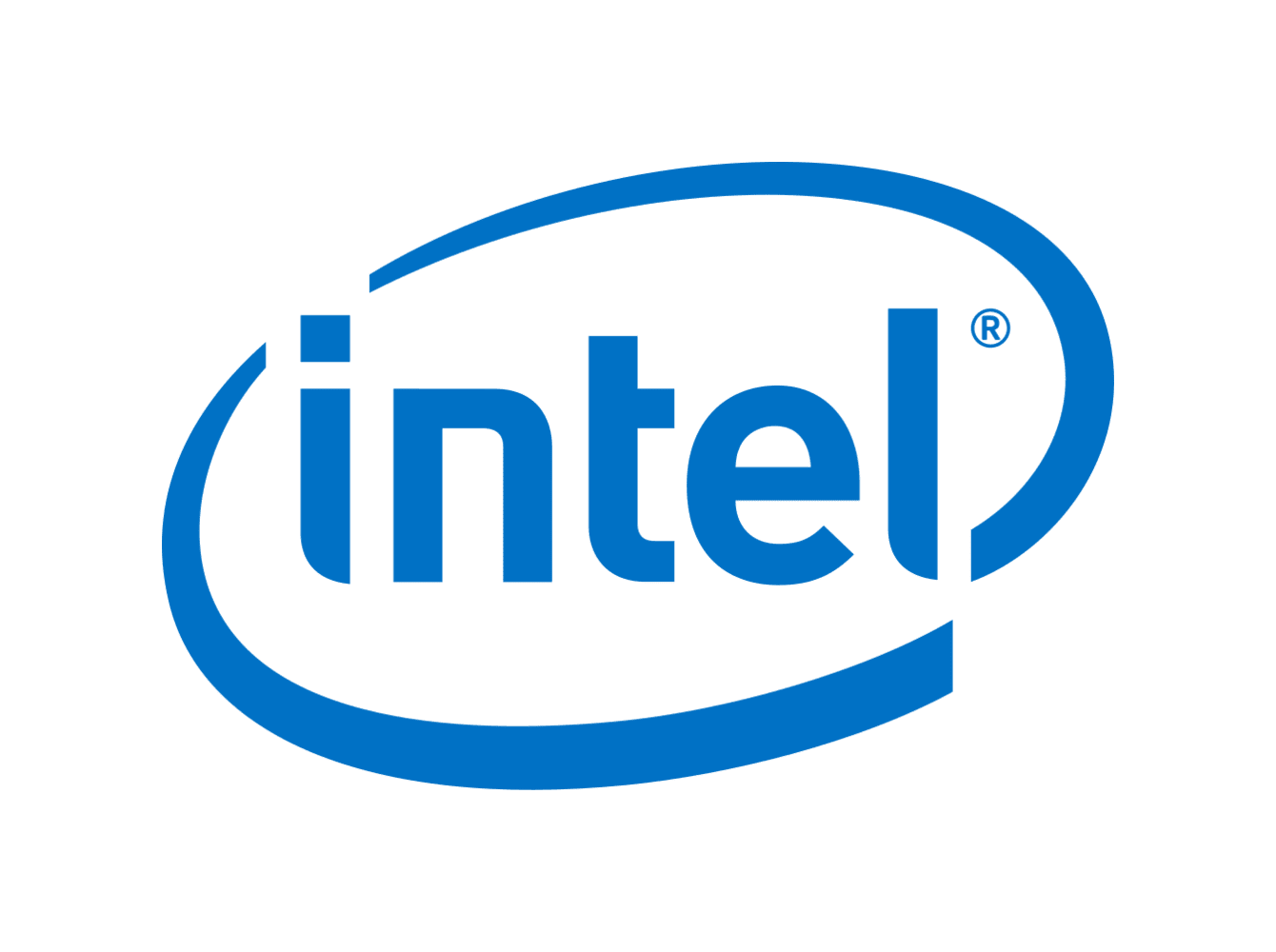- 97 Posts
- 3 Comments

 1·2 years ago
1·2 years ago“The main screen would exhibit no wake-from-sleep or boot issues and even WLAN battery life would improve to 3.5 hours”
 1·2 years ago
1·2 years agoThe main problem of AMD’s RDNA 3 graphics cards for laptops (except 7600S and 7600M XT) is the chiplet design and consumption. AMD uses TSMC 5nm for the graphics core and 6nm for the MCDs. Why? Because in the production process it is cheaper to make more smaller chips per wafer and 5 and 6nm are cheaper.TSMC 3-4nm wafers are more expensive than 5-6nm and bigger the chip, the less it will be per wafer. For example, 3nm costs 20,000 usd per wafer and 2nm will cost 25,000 usd per wafer in the future. Chiplet design and savings in production lead to problems with consumption. The same story is with mobile Dragon Range processors (R7-7745HX, R9-7845HX, R9-7945HX). Monolithic chips R9-7940HS (4nm) and 7600S in Asus TUF A16 are more efficient and its battery lasts 12-20 hours, while chiplet Alienware m18 R9-7945HX and 7900M lasts 85 minutes due to high idle consumption. Of course, the 7900M is much stronger than the 7600s, but when compared to laptops with i9-13900HX and 4080 that hold the battery for 3-4 hours, AMD is in trouble. This is probably the reason why other OEMs will not put AMD 7800M 12GB and 7900M 16GB in laptops. The RX-7700S does not have it anywhere on the Asus website with a written configuration. That chip is a monolithic, more precisely, a more efficient version of the 7600M XT.





















“The main screen would exhibit no wake-from-sleep or boot issues and even WLAN battery life would improve to 3.5 hours.”